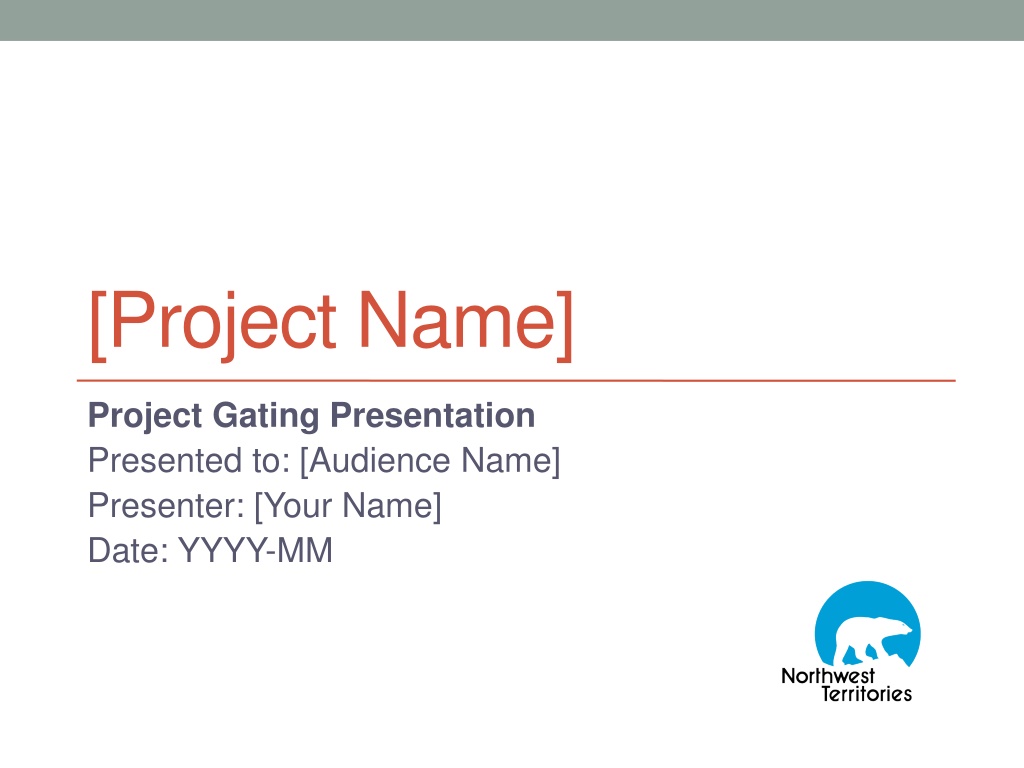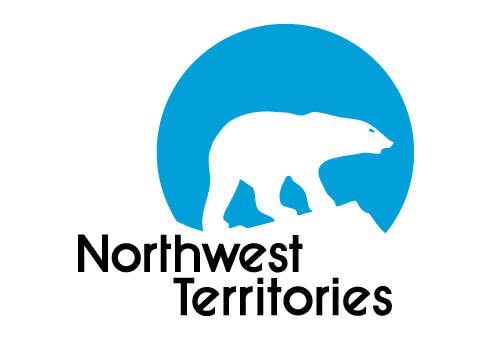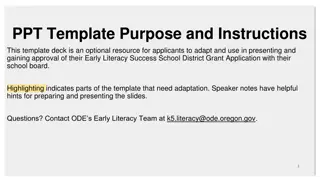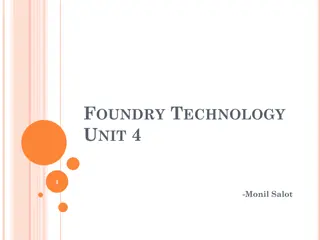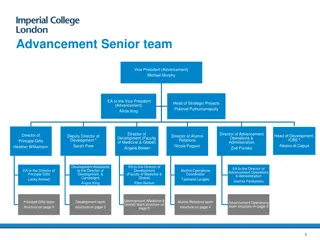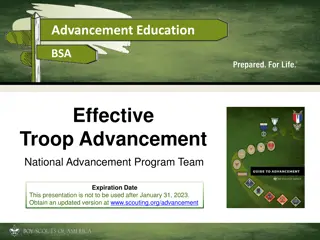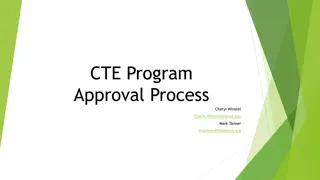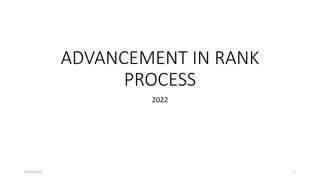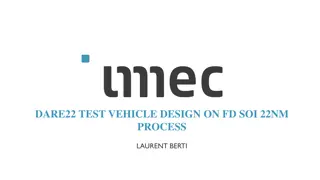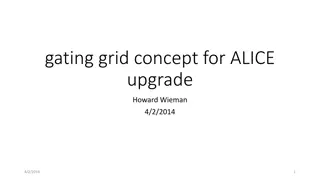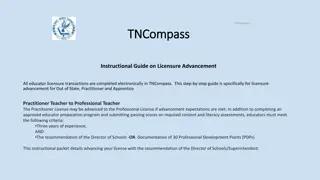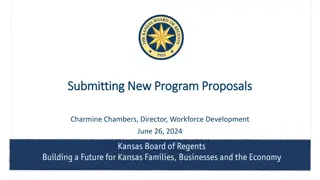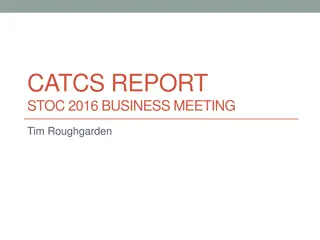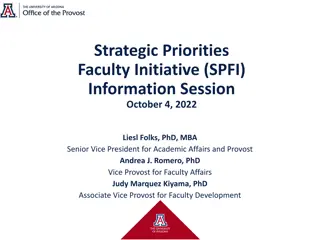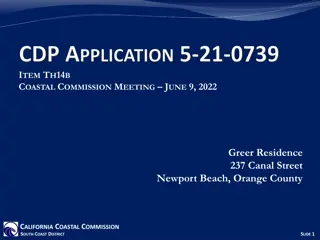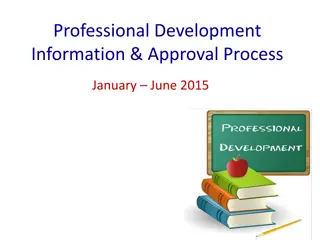Project Gating Presentation - Seeking Approval for Project Advancement
This presentation seeks approval to move the project through Gate 1 Concept Review by validating project rationale, confirming feasibility, and assessing doability. It covers crucial aspects like business need, drivers for change, business outcomes, prioritized requirements, assumptions, constraints, dependencies, and scope boundaries.
Download Presentation

Please find below an Image/Link to download the presentation.
The content on the website is provided AS IS for your information and personal use only. It may not be sold, licensed, or shared on other websites without obtaining consent from the author. Download presentation by click this link. If you encounter any issues during the download, it is possible that the publisher has removed the file from their server.
E N D
Presentation Transcript
[Project Name] Project Gating Presentation Presented to: [Audience Name] Presenter: [Your Name] Date: YYYY-MM
Decision Required The purpose of the presentation is to seek approval to move [Project Name] through: Gate 1 Concept Review issues: Validation of the rationale for the project Confirmation that underlying fundamentals make sense Assessment that the project is doable as proposed
Business Need A clear articulation of the business need in 2-3 points
Drivers for Change What factors have triggered this investment proposal? Where is the urgency coming from?
Business Outcomes Describe the high-level outcomes in terms of the affected business. For instance, Applications will be processed faster , Human error will be reduced or Double-entry accounting will be avoided
Prioritized Requirements 1. List the requirements in order of priority, starting with the most important
Assumptions What are you assuming in order for the business need and outcomes to be valid? For instance, you might assume that you ll get a new staff member to run the system or train users. Or you might assume that a product exists that can achieve a certain outcome.
Constraints What are the limitations and conditions on this project? For instance, a time limit or window of opportunity.
Dependencies List known dependencies that are critical for the project, such as dependencies on other projects, external factors, other departments and so on For instance, Cannot start until Project X finishes or Dependent on capital funding approval
Scope Boundaries Identify what is to be included within the scope of the investment and explicitly state what is excluded from the investment.
Stakeholder Analysis Describe the stakeholder environment by considering the types of stakeholders, their specific roles, and their contributions to the realization of the investment. Consider adding a RACI matrix if appropriate.
Estimates to Next Gate Describe the work that needs to be done before the next decision gate (typically, Gate 2 Approach) This might include consultancy fees, Request for Information (RFI) or Request for Quote (RFQ) Estimate (+/- 10%) $ Cost Staff Effort Duration hours weeks
Key Decision for Gate 1 - Concept Is the rationale for this project valid? Do the underlying fundamentals make sense? Is it in alignment with our priorities and strategy? Are the estimated costs and effort to get to the next gate acceptable? Decision Point: 1. Proceed to next gate? 2. Come back with changes? 3. Defer indefinitely?
